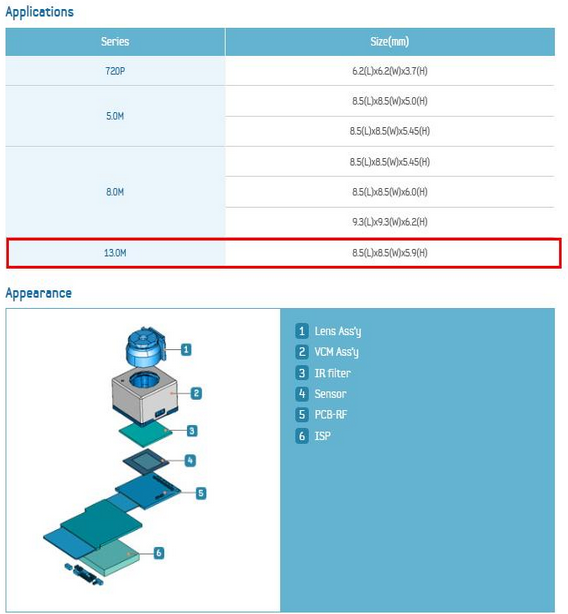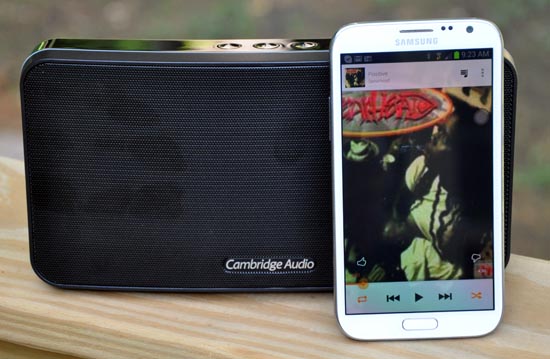
Upon my usual site strolling I came across an interesting read. I’m sure most of us have dropped one of our many phones in the water, or just simply scratched up the screen. It’s also likely that many people have tried some rather strange things to to revive said phones. That’s what made this read so interesting. One of the editors at DVICE has compiled a list of some of the “crazy fixes” used to potentiality save your phone from various disasters. Check’em out below.
1. The Baked Blackberry
The Problem: A wet smartphone.
The Fix: There is almost always an amusing take to go along with why someone got their smart phone wet, from boating and fishing to the swimming pool. About five years ago, I personally dropped my Blackberry 8700 in a puddle while running for a Tornado shelter (don’t ask). And there are those of course who simply say they dropped their Blackberry in “water” with no other explanation. This can usually means it got dropped in an unmentionable place that also flushes.
Unless you’re making a pie, Blackberry and oven shouldn’t really ever come together. Yet, one of the wireless carriers technical support team actually gave the instructions to a colleague of mine to put her Blackberry in a warm oven.
The instructions were to set her oven for 200 degrees Fahrenheit or below. Remove the battery (very important) and — well — bake for 20 minutes.
She swore it worked.
She’s braver than me.
2. Drunken Android
The Problem: That smartphone is still wet.
The Fix: A chemical engineering friend of mine told me that I have to understand the chemistry of it. (Water and smartphone seemed pretty simple and unmixable to me.) He said this after his phone got accidentally dropped in the ocean, so, really, he needed to do something anyway. He explained that the salt water would eventually corrode the electronics and really needed to be cleaned off, not just dried out. So he rinsed his device off thoroughly with Isopropyl alcohol (rubbing alcohol) and let it dry for 24 hours.
Adding more liquid to the device seemed counter corrective to me, but he explained, “It’s the same principle as gasoline (petrol) line dryer which is mostly alcohol.” For the less car-knowledgeable readers, temperature changes can cause water condensation and even ice crystals to form in your cars gas tank. Adding “dry gas” usually absorbs and removes the water.
He said it worked perfectly. Who am I to argue with a chemical engineer?
3. iPhone Nigirizushi
The Problem: Guess what? Yep! That smartphone is still wet.
The Fix: If you’ve ever been to a diner or family restaurant by the seashore you will probably find some rice mixed in the salt shakers. It’s not to add rice flavoring, it’s actually put there to absorb moisture in a humid environment. The same principle can be used to draw the moisture from your wet gadget. Just be sure to use a type of rice without talc, otherwise you could be removing one problem and creating another.
If you want a slightly neater solution, you can always purchase a Bheestie bag. They cost about $30, and are specifically designed for electronics.
4. Toothpaste Builds Strong Phones, Too
The Problem: A scratched screen.
The Fix: I’ve never tried this one myself, but for light scratches toothpaste is recommended by some for everything from iPods to watches. I’ve even heard it works on CDs and DVDs (no word on Blu-ray).
The rule is to apply gently with a cotton swab or pad (not a toothbrush, that’s for sand), wipe clean (carefully) with water and dry.
5. New Uses For Vegetable Oil
The Problem: Small, barely noticeable scratches.
The Fix: I can tell you from my own experience that this one works. A friend told me to try it when I took a spill while wearing my very first digital watch in the 1980s. One drop of the stuff instantly made the scratches invisible. Pleased with myself, I went off to school with my suddenly scratch-free nerdy timepiece.
What I failed to realize, of course, is the greasy patch that would appear on my sleeve, as the oil would rub off and the scratches re-appeared. Alas, it’s really just a cosmetic fix.
6. Stuck Pixels
The Problem: Certain pixels on your device’s display appear to be either bright white or black all the time.
The Fix: If your smartphone has those bright white or dead black pixels that never seem to go out, you might just have a few pixels that are “stuck.” There appears to be a couple of recommended implements to rub them out.
The most interesting one was an empty deodorant dispenser with a roll-on tip. Some of the advice out there says to use something with more precision like a plastic stylus or a pen cap, or something even softer such as a towel.
Use what you feel comfortable with (if, in the end, that’s anything at all). Experiment with the amount of pressure and gently roll over the affected area until the pixels disappear.
7. Batteries On Ice
The Problem: You’ve got a dead rechargeable battery on your hands, or a battery you’re rarely using.
The Fix: My digital camera uses rechargeable lithium ion batteries that always seem like they’re never charged when I need them. Even newer batteries begin to lose their charge after two weeks of sitting on the shelf.
I rediscovered an old trick my father taught me. He used to keep batteries (and film — remember film?) well beyond their expiration date by keeping them in the freezer. Now I use the same trick for my rechargeable batteries and they seem to hold their charge considerably longer (once they return to room temperature that is).
In some cases, 10 to 15 hours in the freezer is even rumored to bring batteries back from the dead. In reality, you’re most likely just prolonging whatever usefulness the battery had left, as many different types of batteries tend to discharge energy faster at room temperature.
8. Sand Really Does Get Everywhere
The Problem: There’s icky, gritty sand in your smartphone.
The Fix: After a day at the beach, your first text message will fill your phone with sand and grit from your fingers and those lovely off shore breezes. My first reaction is to open the device and blast out the stuff with some Dust-Off. This works well, but what about those stubborn grains in the keys that make a crunch sound? I found that using a soft bristled toothbrush (no toothpaste here), gently removes the grains and the crunches.
I have personally tried the oven and rice technique to no avail, most likely because I’m very impatient. Although I may not have succeeded I’ve heard many people swear by these strategies. How many of you have actually used one of the methods above, or perhaps a method not listed?
Source: DVICE









